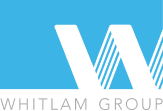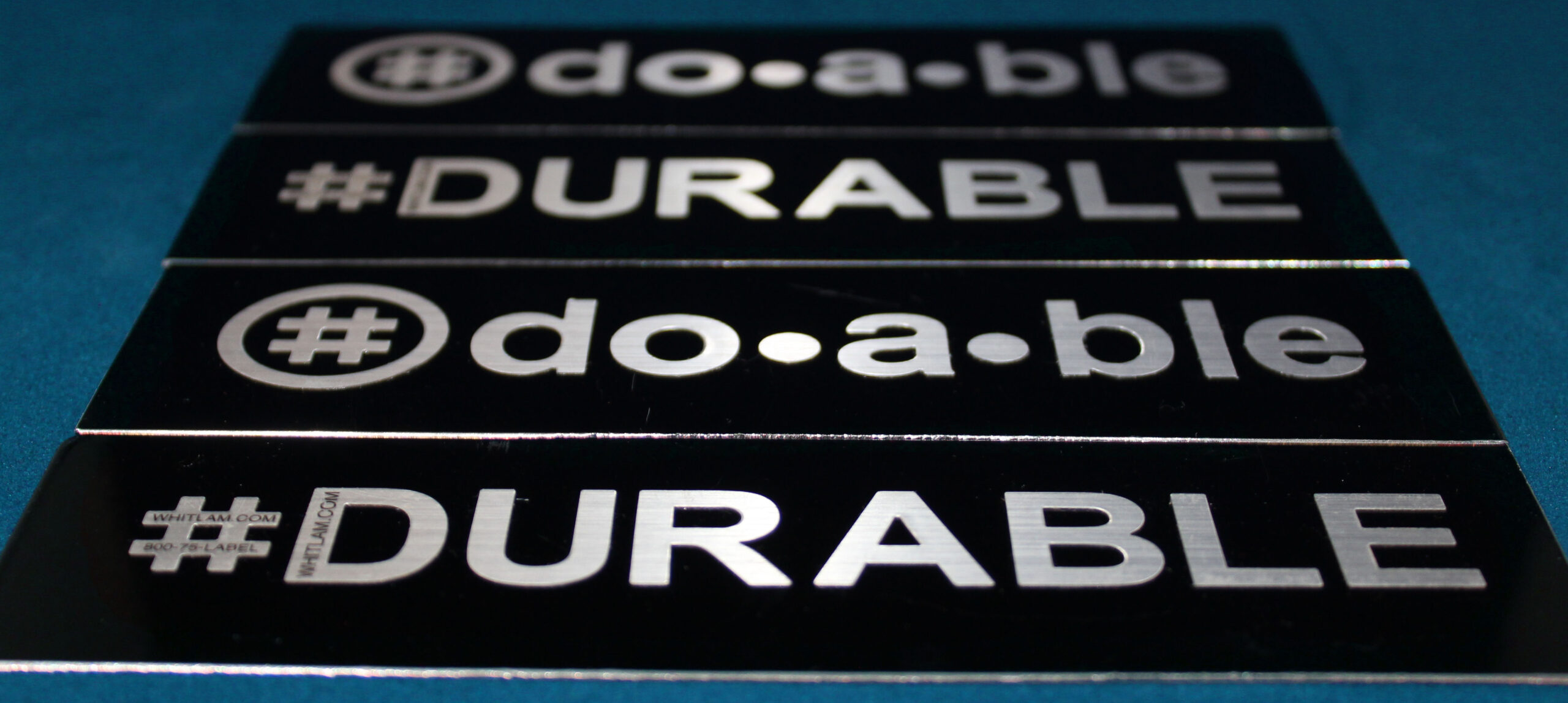
Illuminating the Rules: What You Need to Know About Light Fixture Labels
What are the labelling requirements for the light that needs installation? If you’re looking for a quick answer, here are the key requirements that most installed lighting products must meet:
- Lighting Facts Label: Must include brightness (lumens), energy cost, lifespan, light appearance (color temperature), and energy used (watts)
- Principal Display Panel: Must show brightness in lumens and estimated yearly energy cost
- Product Marking: Lamps must have lumens printed in at least 8-point font
- Hazardous Materials: Mercury-containing lamps require special disposal instructions
- Certification Marks: Many fixtures need UL/CSA listing marks and an encircled “E” for compliance
- Installation Ratings: Recessed fixtures require IC (Insulation Contact) or IC-F ratings where applicable
When it comes to installing lighting in your home or business, those little labels on light fixtures and packaging do much more than take up space. They provide critical information about performance, energy usage, and safety that installers and consumers need to know.
Think of lighting labels as the “nutrition facts” for your lights. Just as food labels help you make informed dietary choices, lighting labels help you select the right products for your specific needs while ensuring regulatory compliance.

What Are the Labelling Requirements for Lights That Need Installation
Below is a streamlined guide to the labelling requirements for light that needs installation, trimmed to the essentials without losing the details installers and specifiers need.
Who Is Covered?
- General-service lamps (the everyday screw-base bulbs)
- Specialty consumer lamps (rough-service, vibration-resistant, etc.)
- Complete luminaires/fixtures
- Ballasts and LED drivers (control gear)
The Core Lighting Facts Panel
Every package sold in the United States must carry the FTC Lighting Facts panel. The front (principal display) shows brightness in lumens and estimated yearly energy cost. A full panel, usually on the side or back, lists:
- Brightness (lumens)
- Energy used (watts)
- Light appearance (Kelvin scale)
- Life (years, based on 3 h/day)
- Estimated yearly energy cost (3 h/day at $0.11 kWh)
Rounding rules and font sizes come straight from the FTC guidance.
Testing & Language Rules
- DOE test methods (10 CFR 430) underpin all U.S. claims; LEDs rely on LM-80 and TM-21 data.
- Labels may be bilingual (English first) but never trilingual in the U.S.
- Small cartons (< 24 in²) can use a condensed linear Lighting Facts format.
Hazardous Materials & Safety Marks
- CFLs or other mercury lamps: “Contains Mercury” statement + encircled Hg on lamp and package.
- Safety certifications (UL, CSA, ETL) must be printed on fixtures and packaging.
- Ballasts and drivers add the encircled E mark; recessed fixtures need visible IC / Non-IC / IC-F ratings.
Durable Labels for Tough Environments
Lighting often runs hot outdoors or for decades. Labels, therefore, require heat-resistant face stocks, UV-stable inks, and aggressive adhesives. At Whitlam Group, our label construction expertise focuses on ensuring those marks stay readable for the life of the product.
Taken together, these points are the heart of the labelling requirements for light that needs installation. Nail them, and your products will be well on their way to trouble-free inspection and long-term consumer trust.
Getting It Right the First Time: Compliance Checklist & Next Steps
Below is a quick-scan roadmap to keep projects on track and avoid costly relabeling later.
Compliance Checklist
- Identify jurisdiction (U.S., EU, AU/NZ, etc.) and product type.
- Gather verified test data (DOE, LM-80/TM-21, or equivalent).
- Build the Lighting Facts or regional energy label with required fonts and wording.
- Add all safety marks: UL/CSA, encircled E, Hg symbol, IC rating.
- Choose materials that survive heat, UV, and cleaning agents.
- Post digital label images on your website and provide them to e-commerce partners.
Why It Matters
Even small label errors can result in fines, recalls, and damaged reputations. Accurate, durable labels protect end-users, speed inspections, and safeguard your brand.
How Whitlam Group Helps
Whitlam Group has solved complex lighting label challenges from our Detroit headquarters and Harlingen, TX, plant. Our harsh-environment constructions, color-consistent printing, and regulatory know-how mean you can focus on product innovation while we handle compliance.
